25 May 2020: At last I am able to take practical action on penile rehabilitation. Medically, it directly addresses the biggest danger to long term erectile function arising from my prostate cancer surgery.
Penile rehabilitation exercises also promise to help with sexual function. Some practice and open communication is needed to get over the awkwardness. It feels weird to apply mechanical exercise around an intimate activity which we expected to be spontaneous.
It helps me to think of this as “yoga for the penis” in that it is a stretching and exercise routine for long term health. I don’t intend to imply that it has a direct link to the distinguished lineage of established forms of yoga practice.
The missing link in pre- and post-operative care
I should have been properly briefed about penile rehabilitation before my surgery, and started rehab months ago. Instead, I have been stuck with the dilemma of being told to “use it or lose it.” Yet with the impact of neuropraxia (nerves recoiling from the heat and light and something like bruising during laparoscopic surgery) I was completely unable to find the elusive erection I’d been told to use.
There was an alarming missing link in the information I received from my urologist and surgeon. And embarrassment makes it harder to ask questions. My doctors seem almost more afraid to talk about matters of sexual function than I am.
Medical basis for “use it or lose it”
Here’s what I now know after a lot of research: My ED condition leaves my previously dependable old friend down below subject to “reduced oxygenation and subsequent structural changes in penile tissue.” Without the blood flow that comes with erections, basically my penis will permanently atrophy. Also, without penile rehabilitation, more men experience significant loss in penile length and girth after prostate cancer treatment.
Men lose 2000 spontaneous nocturnal erections a year after prostate surgery
“My” kind of surgically induced erectile dysfunction is more deadly for the erectile tissue than ED from other natural causes. This is because the nerve damage also breaks the natural cycle of spontaneous nocturnal erections.
Spontaneous nocturnal erections occur several times a night regardless of whether we are sexually active in our conscious daytime lives. Women also have spontaneous nocturnal clitoral erections as part of their body’s natural housekeeping function for erectile tissue. We typically aren’t aware of what is happening down there while we are sleeping – except that men’s “morning wood” tends to be more obvious.
The erections we don’t know about, in the depths of sleep time, are not about erotic events. They are essential natural housekeeping for erectile tissues. Without this form of regular oxygenation, erectile function is permanently lost.
I was alarmed to learn that after prostate cancer surgery, men lose 2000 of these unconscious tissue-regenerating erections a year. Those who opt for radiation treatment are usually better off for the first few years, but tend to end up with similar problems within 5 years.
Drug independent penile rehabilitation treatment
There is strong evidence for the value of Vacuum Erectile Devices (VEDs) in penile rehabilitation (in a field with very limited conclusive research data). I purchased a Vacurect device to enable me to stretch out and oxygenate these precious erectile tissues. My third month since radical prostatectomy has been by far the worst from an erectile dysfunction (ED) point of view, and my ongoing daily dose of Cialis isn’t helping in any way I can detect.
I got the VED recommendation on the very practical Australian website ATouchySubject.com. Amazing information to get from half way round the world: The Vacurect device turns out to have been designed, developed and manufactured about 60 kilometres from my home in South Africa. For the background, please read a remarkable personal and business story of innovation and recovery from all kinds of adversity.
Immediate positive results
From a medical perspective, I am thrilled at the new life the Vacurect brings to my flaccid member. Right out of the box, I am able to use this medical grade device to literally pump up my erection, flushing the tissues with life-giving blood and allaying my fears of penile atrophy, shrinkage and even the radical bending that comes with Peyronie’s Disease.
Penis owners with these issues, please see my Resources section for the low-down guide to using the Vacurect in practice.
Pathway towards regaining sexual function
From a sexual perspective my first attempts with the Vacuum Erectile Device (VED) are not exactly thrilling. I mention my latest purchase to my wife and she is encouraging – from a bit of a distance. I am also shy about it.
It’s a long way from the fantasy of spontaneous uncomplicated sex. The device feels awkward and the first time I bring it into the bedroom the results are underwhelming. With so much focus on the mechanics, all erotic thoughts disappear and even the pump can’t revive my flagging erection.
[Editor’s note: see Awkwardness and love intertwining (Day 115) for more about this aspect.]
Taking myself in hand without shame
The GP who saved my life with my cancer diagnosis gave me this down to earth advice the week after my surgery: “masturbate at least twice a week.” Since surgery that has been physically difficult, but not impossible, without an erection.
The Vacurect makes it all a whole lot easier. Solo play emerges as my first step back towards regaining sexual function. Perhaps my cancer recovery will finally banish whatever vestiges of masturbation shame that still dance around my psyche.
I am scared that solo play will usurp the joy of marital intimacy. My wife and I commit to exploring new forms of intimacy that don’t depend on erectile function. Before my cancer, we already believed we were good at this. With ED, it has proved more difficult than we expected. More about our laughs, fumbles and learning in a future post.
A new form of yoga

Our daily routine: yoga on the lawn | Photo credit @lunchtimecontinuum
My wife and I have been doing daily yoga for our whole bodies and spirits for more than ten years. The stretching and exercise is deeply sustaining of our lives.
Now, with penile rehabilitation, I have a new yoga-like therapy for stretching and exercise of my penis to help with recovery from nerve damage.
This practice, as described above, is awkward – but then I found the other more ancient form of yoga (illustrated here) pretty awkward when we started.
Practice makes perfect.
Related posts
- The basics of pelvic floor physiotherapy – what I learned back in 2020
- Importance of pelvic floor relaxation, and shortage of male pelvic floor physiotherapists
- Basics of penile rehabilitation – “yoga for the penis”
- Using ultrasound biofeedback to inform pelvic floor physiotherapy and urine control
- Integrating rehab with intimate relationships
- How a physiotherapist taught a man to do Kegels correctly and fixed an 8 year incontinence problem
- Combating tissue adhesions after surgery and expanding bladder control
An edited version of this post also appears on PsychologyToday.com
Discover more from Recovering Man
Subscribe to get the latest posts sent to your email.

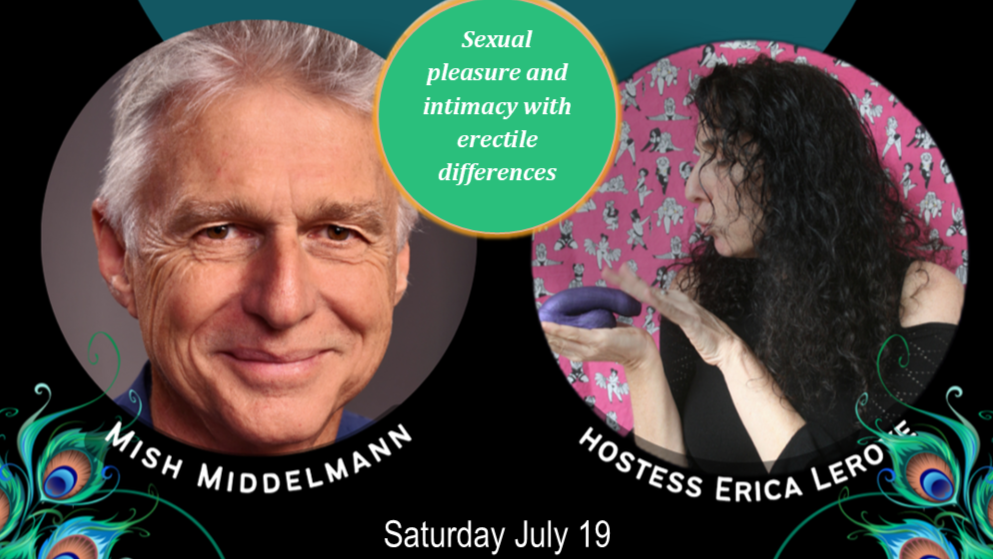
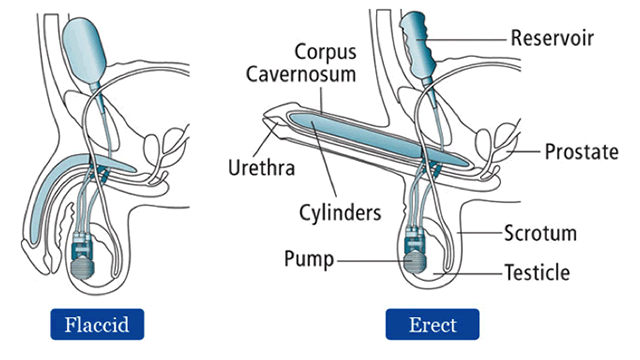
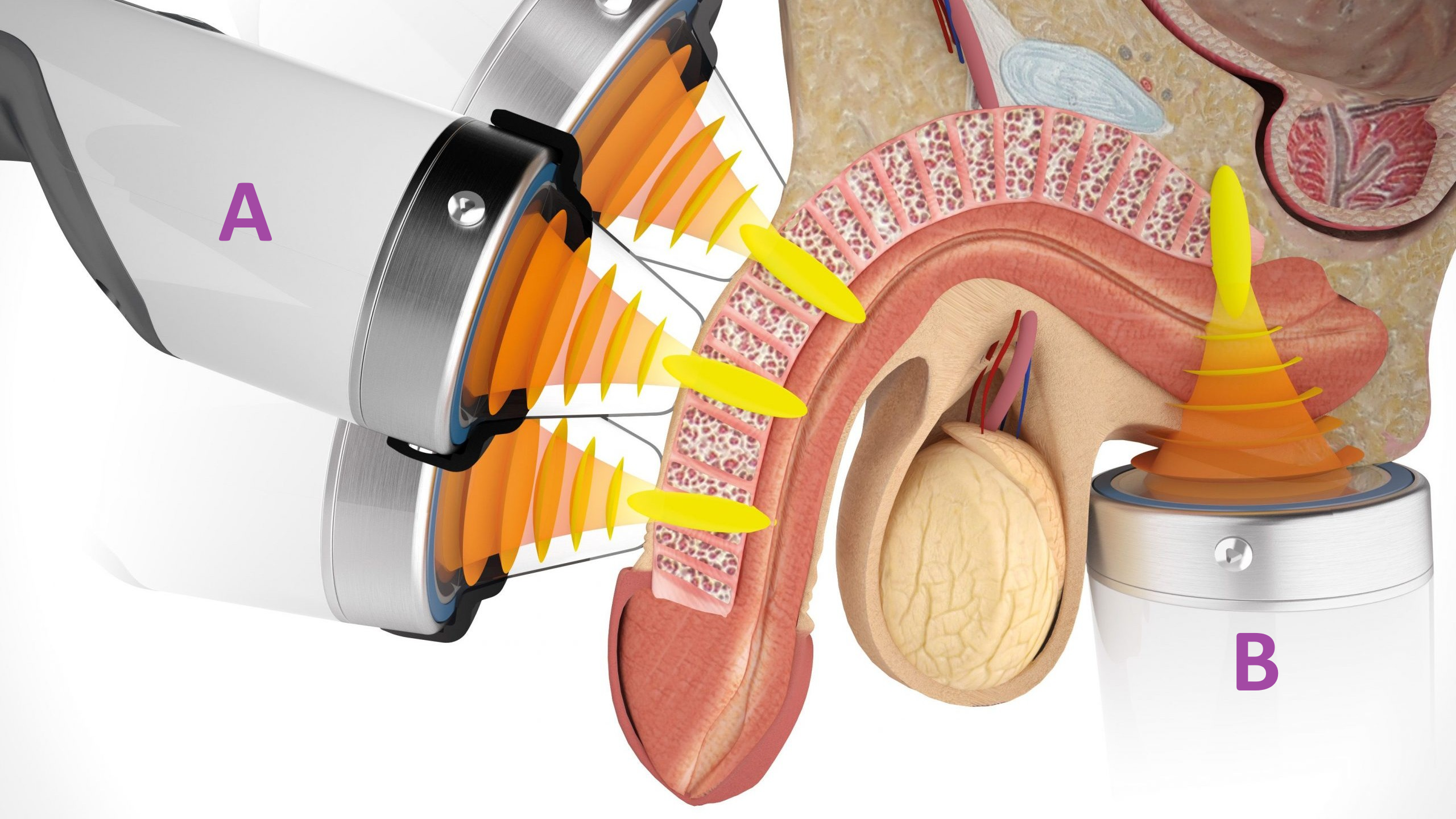
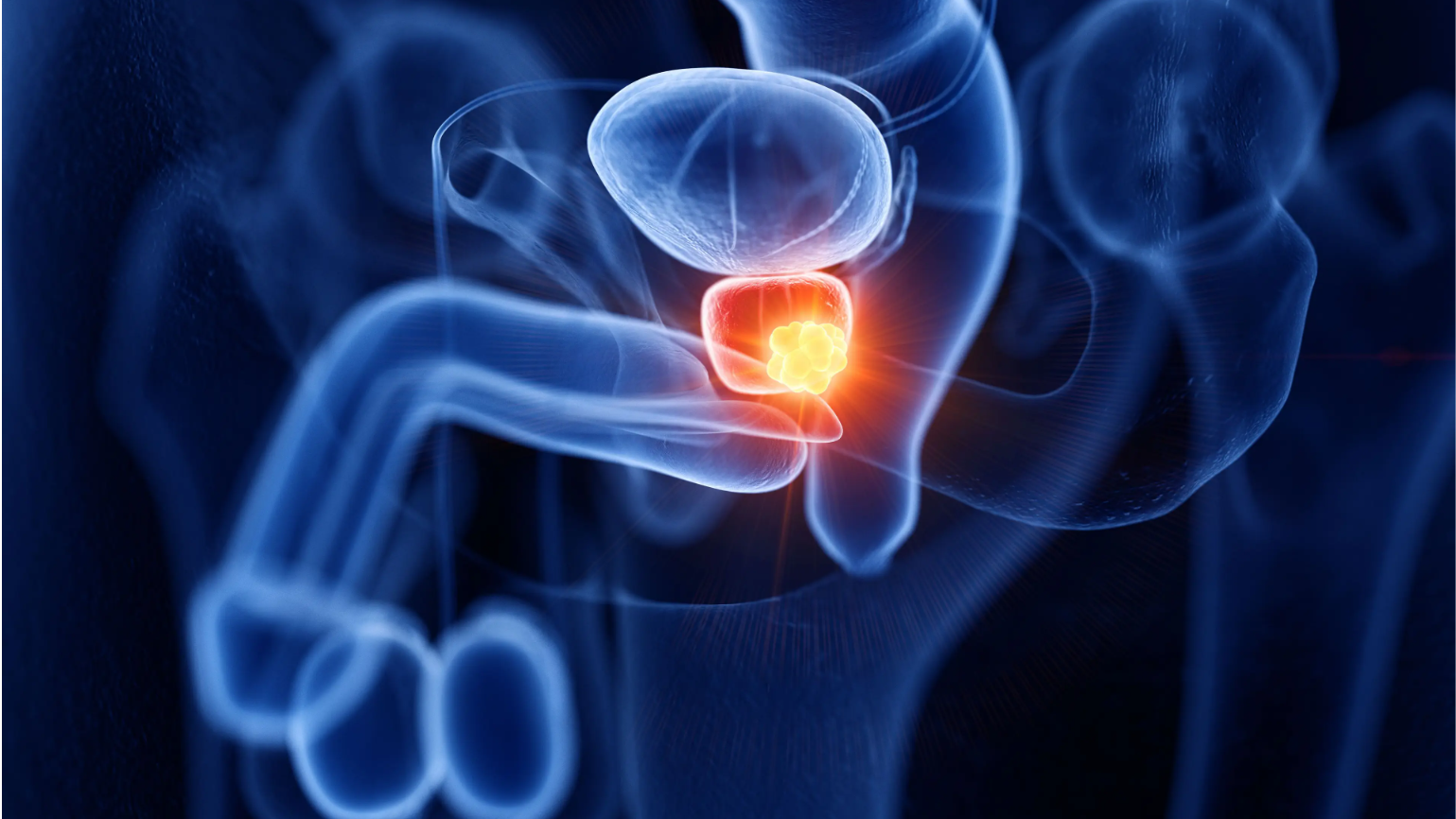
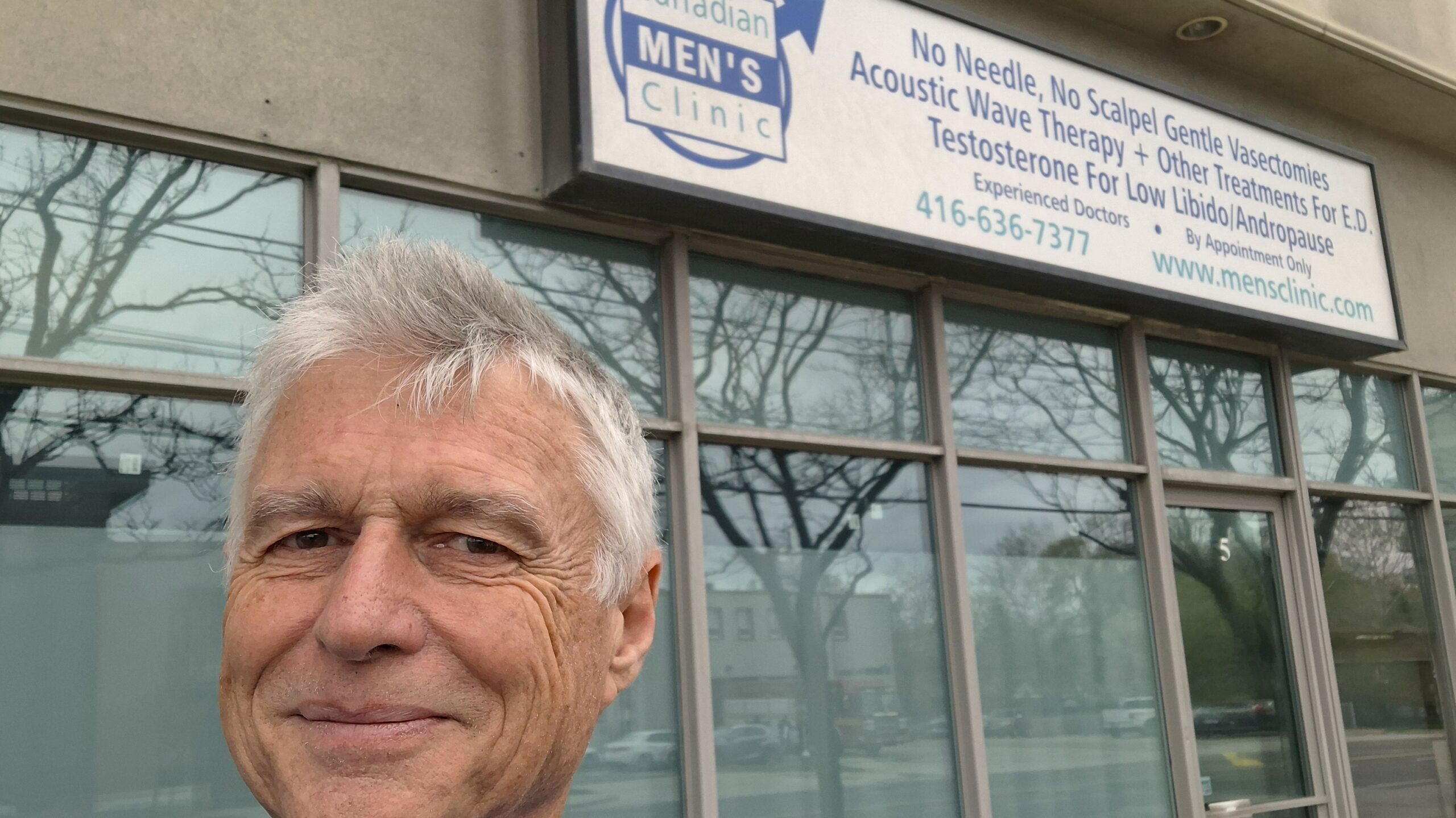
The only thing I can say is I never regained a spontaneous erection and was very disappointed in my lack of sex life but my doctor recommended a chemical assist news which seems to work and I can use it to achieve quote normal quote” sex with a willing partner who understands the situation it is very expensive but there are ways to get the cost down to acceptable levels particularly with the assistance of the v a Veterans Administration who can provide a reasonable cost for 6 times a month it’s not as spontaneous as it used to be but it is still acceptable considering my age and the times I want to do it each week of which I can
Hi Mish,
Thanks for your blog, I can really relate to it as I’m following in your footsteps, albeit 12 months behind! (My “RARP” was on 13 April 2021; first follow-up blood test yesterday; results back in a week…).
You mention that “My third month since radical prostatectomy has been by far the worst from an erectile dysfunction (ED) point of view, and my ongoing daily dose of Cialis isn’t helping in any way I can detect.”
Does this mean that there was some erectile function to begin with, after the surgery, and that this then declined? Or do you mean it was worse in terms of being able to emotionally deal with it? My doctor has also prescribed Cialis and my understanding is that the benefit is supposed to be longer term and the 5mg dosage every 2 days is a gentle amount to help encourage circulation so that when the nerves come back online (hopefully) there can still be a healthy response from the blood vessels.
Paul.
Thanks Paul – agreed with your understanding of intended role of Cialis. And yes, my erectile function declined during the first three months after surgery. I now know that this is not uncommon. Glad to say it reached a low point around 6 months and has been slowly improving since then. Lots of rehab along the way
Hi Mish!
I’ve just discovered your blog thanks to the video featuring you published by Victoria on her YouTube channel. Liked it very much!
Like Paul above, I’ve only had my surgery very recently (Apr 16th 2021). I’m 50.5, quite fit and healthy, so the urinary continence was not a problem for me more or less from the day the catheter was removed. I also used to have a strong sex drive, so I thought regaining erection wouldn’t be much of a problem, but I’m proven to be wrong so far.
Yes, I’ve had a couple of spontaneous erections during the first couple of weeks after the surgery, but this seems to have faded away by now. It seems like I’m getting the best results when my wife stimulates me, but I need to be fully relaxed to give into this. Then I’m able to get a fair erection (95% size and 70% firmness-wise) and have a great sensation while orgasming. On the contrary, when masturbating, I hardly get any erection and the sensation of orgasm is very disappointing. Strangely, I’m getting very similar results when I give my wife an orgasm and then she tries pleasuring me. Apparently, focusing on getting her to orgasm takes too much energy out of me, so getting aroused myself afterwards, even though she’s doing her part very well, is very difficult, and the sensation of the orgasm is far from great as well.
We’ve only started on this journey and haven’t tried any aids yet (medications or devices). Hope things will improve from now on.
Thanks again for sharing your story!
Michael.
Hi guys,
I think I’m a little ahead of you – RARP with bi-lateral nerve sparing end Nov 2020 ( in U.K.) – so seven months post surgery now.
I had a brilliant surgeon and Rezius technique so no incontinence from day one.
My advice would be stick with the rehab and do not get discouraged. First 3 months were by far the worst for me but since I asked to go on daily dosing 5mg Tadalafil (Cialis) my progress has been rapid and pleasing. My Urologist also told me that this can be a four year journey to recovery but that if ( like me) you had no ED pre surgery and otherwise fit and healthy a good recovery is very probable. Age seems to be the most limiting variable as “older” men – post 65 – recover full erectile function statistically less well.
I have found I can now get a full strong erection with just a little stimulation – don’t need the pump any more – but to maintain it and stay fully hard I also slip on a (softish) cock ring – not the medical grade ones that cut off the blood supply – the sex shop type ( much more comfortable!).
I started with a smaller one and now only need the large size. I’m hopeful this will also soon not be needed, but it has actually enhanced our pleasure and the orgasm with it on is definitely more pleasurable and intense.
Obviously every man and every journey is different and the medical support ( certainly where I am in U.K. ) seems very limited to non existent. So I hope sharing – and resources like Victoria Cullen’s and Mash’ excellent blog are in some way helpful.
Best regards and good luck
Ken